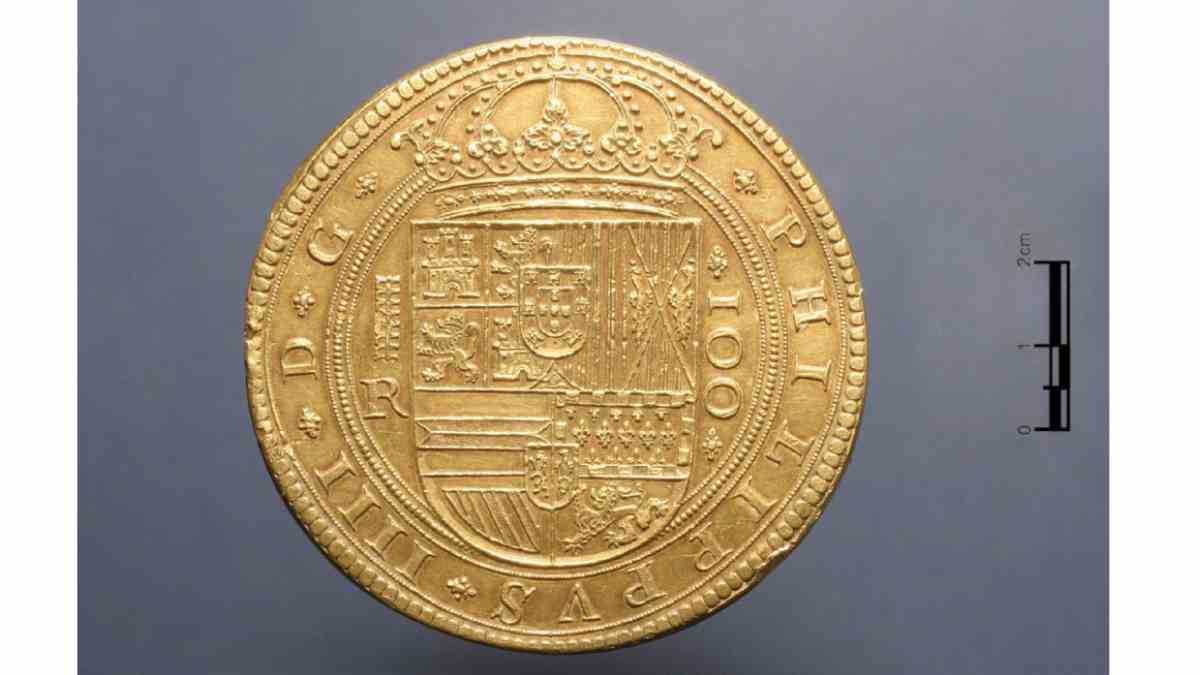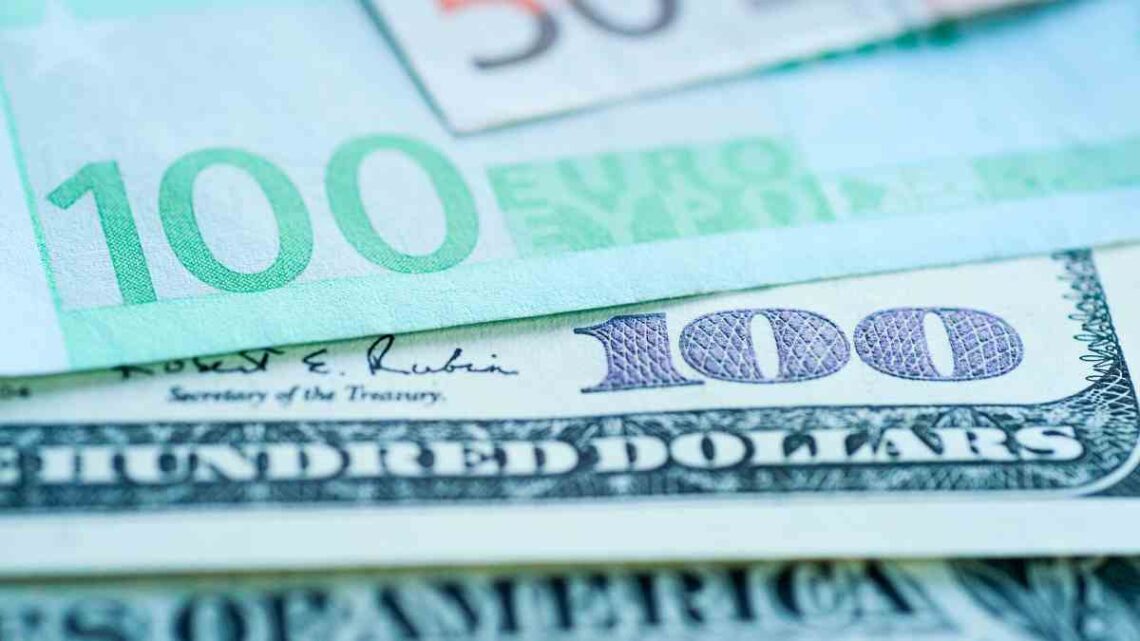Beyond the familiar peseta and the current euro, Spain has witnessed the circulation of numerous other currencies that today hold significant value due to their age and historical importance.
The world of Spanish numismatics encompasses a diverse array of coins, extending far beyond the well-known peseta or the euro that we use today. Over the centuries, Spain has seen the emergence and disappearance of various types of currency, each with its unique story and significance.
Brief history of coins in Spain
Since the introduction of the euro in 2002, several coins have become obsolete in Spain. Before the peseta, even older coins were in use, some of which date back hundreds of years.

Their preservation over time has transformed these coins into genuine historical treasures. These relics are now cherished possessions, found in museums and prized by collectors who appreciate their storied past.
Among these ancient coins, there exists a piece that is particularly sought after by Spanish collectors. With only eight known examples in existence, this coin is considered one of the most coveted in Spain. Its current value is estimated to be around 2 million euros, making it a true gem of the numismatic world.
- Historical significance: These coins offer a glimpse into Spain’s rich past.
- Collector’s item: Their rarity and history make them highly desirable.
- Monetary value: Some coins can be worth millions due to their scarcity.
For those fascinated by history and the evolution of currency, Spanish numismatics offers a captivating journey through time, revealing stories of a bygone era preserved in metal.
Did you know that over 1.5 billion euros worth of the old peseta currency is estimated to be tucked away in Spanish homes? In the world of numismatics, the value of a coin isn’t determined by its market price alone, but rather by its historical significance and scarcity. The fewer the coins, the higher their value, as they become rare relics sought after by collectors.
The Fascinating Tale of the Centen Segoviano
Among these sought-after treasures is the Centen Segoviano, a coin revered in the numismatic community for its rarity. First minted in 1609 during the reign of Philip III, this coin resurfaced in subsequent series in 1623 and 1633. With only eight known emissions, it is a highly coveted item among collectors.
Centén Segoviano: What Is It, When Did It Circulate in Spain, and Why Is It Worth Two Million Euros?
The Centén Segoviano is a remarkable coin, with a diameter of about 71 millimeters and a weight of 340 grams. Its design features the Cross of Jerusalem and the coat of arms of the Spanish Monarchy, symbols that reflect the grandeur of the Spanish Empire under Philip III.
Additionally, the coin bears the inscription ‘Phillipus III Dei Gratia’ (Philip III by the grace of God), a reminder of the divine power attributed to monarchs of that era.
According to scientific research, these coins were not meant for everyday use. Instead, they served as symbols of prestige, awarded by monarchs to select members of the nobility and other influential figures at court.
The Extraordinary Value of Prestige Coins
Their initial value was equivalent to a hundred escudos (word for shields in English), but over the years, it has skyrocketed. It’s now estimated to have reached an astonishing two million euros.
In 2009, the Barcelona-based auction house ‘Aure y Calicó’ paid 800,000 euros for one of these coins. Additionally, a Swiss collector once offered 944,000 euros in another auction for a piece of this remarkable currency.
A Coveted Piece Among Collectors
Currently, several examples of these coins are held by private collectors, while others are securely kept in the Museum Casa de la Moneda and the National Archaeological Museum of Spain. These coins are highly sought after by numismatists due to their rich history and rarity.




